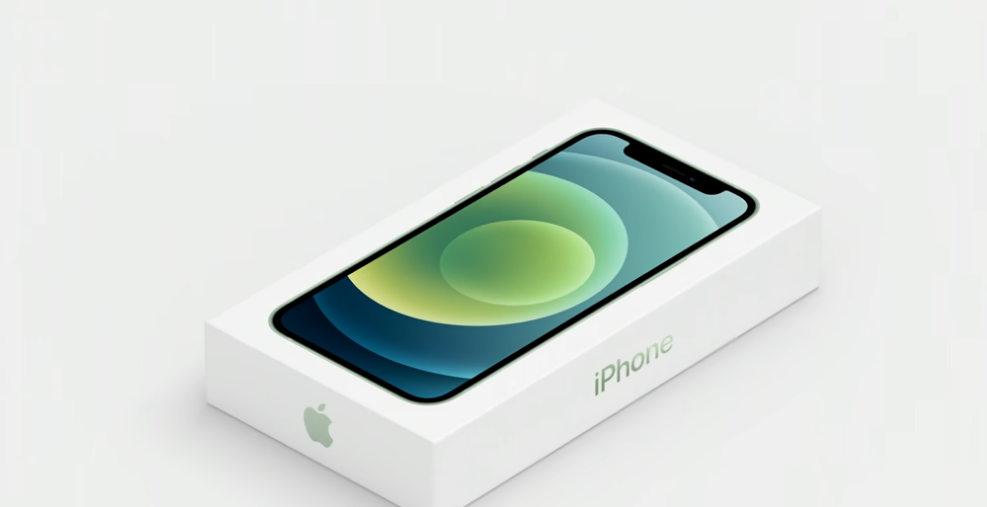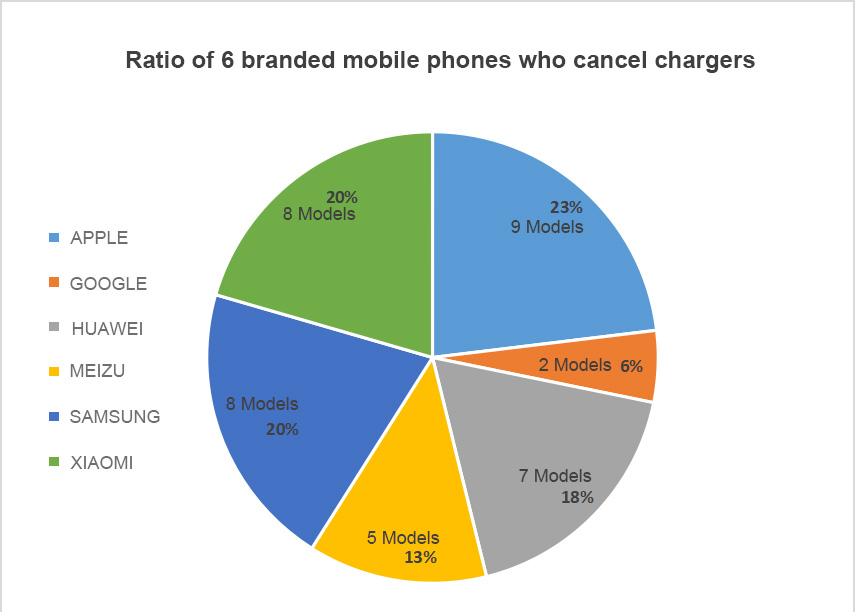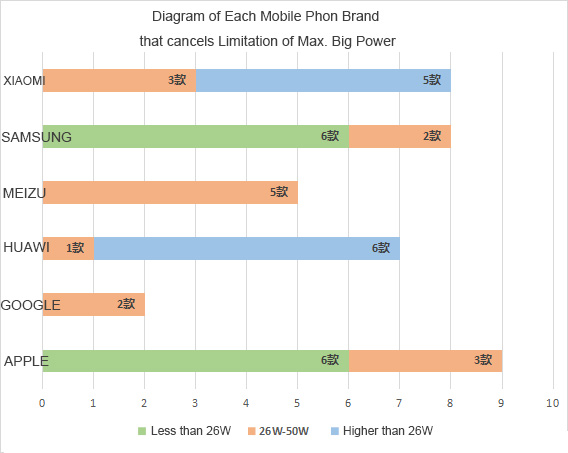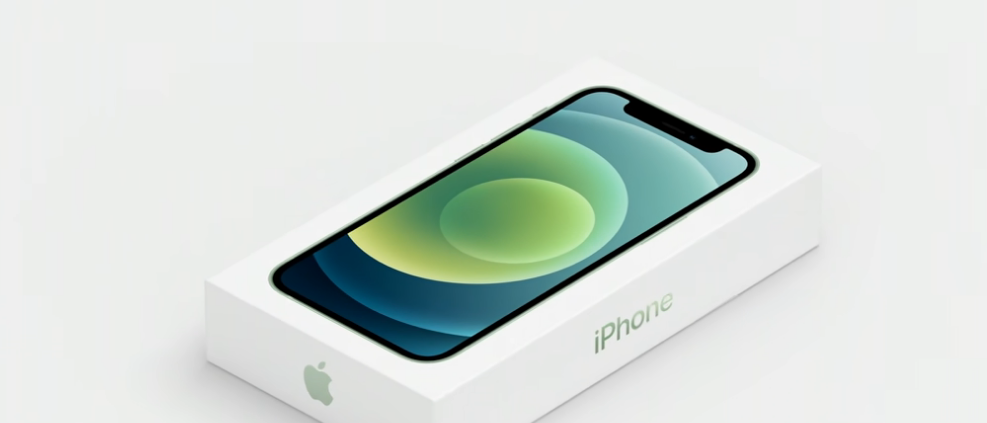What are the cell phones that do not come with a charger?
Foreword
charger that came with the Apple Watch S6 in the name of environmental protection . Following the Apple conference in October, Apple canceled the charger that came with the iPhone 12 series for the same reason. This pioneering move has attracted many manufacturers to follow suit, and major manufacturers have not only demonstrated their commitment to environmental protection for various reasons. are enthusiastic, and are looking for ways to reduce the thickness of the phone box and sell charger sets with individual packaging to consumers.

How common is it to cancel the charger ?
According to the statistics of the charging head network, as of March 2022, there are as many as 45 mobile phone models on the market that have canceled the bonus charger .

Apple has so far launched 9 models that cancel the charger. As a pioneering manufacturer, Apple’s attitude to cancel the charger is also the most resolute, from the iPhone 12 series to the iPhone 13 series, and then to the latest iPhone SE third generation. , Apple treats its iPhone product line equally.
Huawei has so far launched 13 models without chargers. In the early days, due to the shortage of chips and external sanctions, Huawei tentatively launched versions without chargers on products such as the Mate 40 series, Mate X2, and nova8. Appropriately lowered the price. After successfully testing the water, Huawei also began to gradually cancel the charger in its product line.
Meizu has so far launched 5 models without chargers. Starting from the cancellation of random chargers when Meizu 18 was released, every mobile phone product released by Meizu has joined the ranks of environmental protection.
Samsung has launched 8 models without chargers so far. Samsung’s cancellation of chargers are all flagship products. Although Samsung’s flagship mobile phones have low charging power, they have the best compatibility with public protocols. From S9 From the beginning to S22, Samsung’s flagship models of all generations can be charged at full speed using public protocols such as PD and PPS.
Xiaomi has so far launched 8 models without the charger. As a manufacturer following Apple, Xiaomi has been very aggressive in canceling the charger in the entire Xiaomi Mi 11 series, but at the same time provides a version with a charger set for selection. This kind of superfluous approach does not seem to have received positive market feedback, so Xiaomi added the charger back to the box in the two flagship machines of the 12 series, and only the 12X continued the aggressive strategy.
What actions have the manufacturers taken?
In view of the above statistics, the charging head network is analyzed from the following two aspects:
Number of models

In terms of models, the overall proportion of manufacturers is positively correlated with the scale of their product lines. For manufacturers with comprehensive product lines such as Samsung, Huawei, and Xiaomi, the strategy of canceling chargers will be prioritized in their mid-to-high-end product lines; for manufacturers with narrow product lines such as Meizu and Google, the one-size-fits-all strategy adopted is very Possibly it will continue.
Alternatives
Some friends may ask, if the manufacturer does not provide a charger, why not just use a third-party charger? Unfortunately, if you want a full-speed charging experience, there aren’t many third-party replacement options available.

First of all, affected by factors such as shortage of high-power fast-charging chips, material costs, logistics and warehousing, more and more manufacturers have begun to cancel chargers in the medium and high power segment.
Secondly, in addition to Samsung, Apple, and Google compatible with the PD/PPS protocol, all other manufacturers need to achieve full-speed fast charging through their private protocols. In the current period when the fast charging protocol has not been unified, if a third-party charger is used, the public fast charging protocol with lower power such as PD and QC is often used, and a full-speed charging experience cannot be obtained.
What kind of consumers are you targeting?
From the analysis above, we can see that most of the models that manufacturers cancel the included chargers are concentrated in the flagship and sub-flagship product lines, and most of them are global models. Manufacturers may agree that consumers who buy flagship or sub-flagship products are most receptive to the concept of environmental protection and have a large number of chargers at home; or manufacturers value the thickness of these consumers’ wallets and their secondary consumption. ability. They are often not sensitive to price, but are more willing to spend extra to improve the charging quality and reduce the time cost of charging.
Perhaps in order to take care of some consumers who are not very accepting of the concept of environmental protection, some manufacturers still use their official channels to supply consumers who purchase related products with charger sets. As well as free charger packages from Samsung, Xiaomi and other manufacturers in their retail channels.
Summary of charging head network
With Apple’s pioneering efforts, more and more manufacturers will follow suit and cancel mobile phone chargers in the future. For consumers, this will undoubtedly increase the cost of purchase. Either spend extra money to buy charging sets from manufacturers, or retreat. Next, choose a third-party compatible charger product.
For mobile phone manufacturers, as the realization of carbon peaking and carbon neutrality has become a major strategic decision of the country, more and more manufacturers will respond to the policy call, actively take relevant environmental protection measures, and at the same time find the next growth point for the development of the industry .
For third-party charger manufacturers, as mobile phone manufacturers cancel the chargers on a larger scale, more and more consumers are willing to buy chargers with low prices or strong protocol compatibility. In addition, under the background of the continuous advancement of the unified fast charging protocol, a fast charging market with huge potential is gradually forming.



